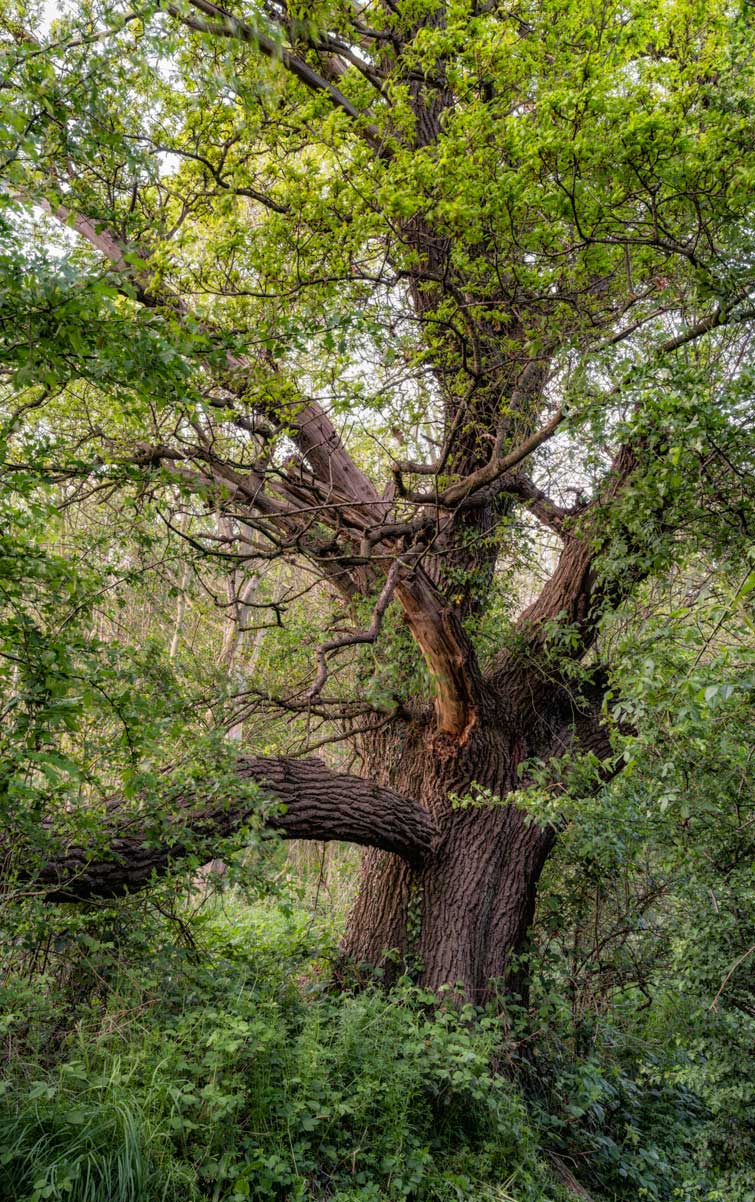Why have we prepared this Plan?
This North York Moors Management Plan has been prepared at a time when a daunting set of challenges requires an urgent response from us all. These include recovery from the COVID pandemic, threats from escalating climate change, declining species and habitats, increasing mental and physical health problems among the general population, and the need to change the way we look after our landscapes.
Overcoming all these issues requires an agreed and co-ordinated plan of action that delivers a vision for this cherished landscape within a rapidly changing world. That is the purpose of this Management Plan.


What is a Management Plan?
The National Park is a special place, designated for the nation to enjoy, and for its natural beauty, wildlife and cultural heritage. The Management Plan is the most important document that the National Park Authority produces. It sets out a vision for the National Park and describes the objectives, policies and goals that the National Park Authority, other public bodies and stakeholders will pursue to achieve it. The Management Plan highlights the key priorities for action over the next twenty years in order to address the challenges that the National Park will face.
This new Management Plan for the North York Moors was prepared with the help and support of many individuals and organisations who contributed their expertise and thoughts as the Plan was produced. This Plan:
- Sets out a collective ‘Vision’ for how we want the National Park to be in twenty years’ time.
- Includes a revised set of ‘Special Qualities’ that defines the essence of what makes this National Park so distinctive.
- Describes six main outcomes that we want to see happening over the next twenty years.
- Sets out 24 supporting objectives that will help us achieve the vision and outcomes.
It is important that we understand the wider context in which the Management Plan is being compiled, so a brief explanation of the ‘key drivers’ that have informed the Plan is also included. The scale of these drivers, whether it’s climate change, the future of farming policy or our health and well-being after the global COVID pandemic, tells us that the National Park is facing a period of significant challenge and opportunity.
A separate ‘State of the National Park Report’ has been published alongside that offers facts and figures about this National Park, which have helped inform this Plan. It is also supported by an accompanying Delivery and Monitoring Plan which will be used to drive implementation of the Plan’s outcomes and objectives and check whether its aims are being delivered on the ground. This Plan will be reviewed every five years.

About the North York Moors National Park
The North York Moors National Park - a place of great beauty and tranquillity, where far-reaching heather moorlands give way to tree-topped skylines, deep wooded dales, babbling becks and a rugged coastline. A place to marvel at stars, revel in rich heritage and reconnect with nature. A place that is protected for this and future generations.
The North York Moors National Park lies 20 miles north of the City of York and extends to the southern fringe of the Tees Valley. It is home to 554 square miles of stunning, diverse landscapes, including 26 miles of outstanding coastline, with the popular coastal towns of Whitby and Scarborough lying just beyond its edges.
It is home to 23,135[1] residents who continue to contribute to the culture, community, economy and upkeep of the National Park. Over eight million people a year come and visit the North York Moors to enjoy this landscape, generating £750 million locally through visitor and tourism business expenditure.[2] It is one of the most deeply rural areas in England – with just 0.16 residents per hectare, and many of its larger settlements lie on its edges.
Its high moorland plateau was forged by ancient ice to form a central backbone cut to each side by deep, narrow dales. Stand on top of the moorland and extensive views are available in all directions. To the north, the edge of the Cleveland Hills drops down over Eston Nab to the flat Tees lowlands. To the east, dramatic coastal scenery and high cliffs offer views out over the North Sea. To the south, the Tabular Hills offer a vantage point over the Vale of Pickering, while to the west, the Hambleton Hills escarpment, some 1,000 feet high, looks out over the Vale of Mowbray to the distant Pennines, a place noted by author and local vet James Herriot[3] as the “finest view in England.”
The North York Moors “contains, within a relatively small compass, an amazing wealth and variety of beauty. Indeed, there are few places elsewhere in Britain which can offer such extensive and remote tracts of wild and unspoilt scenery within such easy reach of populated areas.”
The 1947 Report of the National Parks Committee, chaired by Sir Arthur Hobhouse, which led to the designation of the North York Moors.
Originally designated in 1952, it is one of ten National Parks in England which collectively cover around ten percent of the country. These areas were designated to protect landscapes and enhance wildlife and cultural heritage, and to encourage their use by people from nearby cities and towns.

The statutory role of National Parks
The ‘dual role’ of English National Parks - peaceful settings and natural beauty and as a place of enjoyment for all - is enshrined by two key legal ‘purposes,’ set out in the 1949 National Parks and Access to the Countryside Act, as amended in the 1995 Environment Act:
- "To conserve and enhance the natural beauty, wildlife and cultural heritage of the National Park,” and
- "To promote opportunities for the understanding and enjoyment of the special qualities of the Park by the public.”
Since 1995 there has been a legal duty (through the Environment Act) on the National Park Authority when pursuing these purposes:
- “To seek to foster the economic and social well-being of local communities.”
The same legislation also requires public bodies and local authorities to have regard to the two statutory National Park purposes.
The Management Plan must deliver against both statutory purposes and the duty if it’s to be successful. This will require a careful balancing exercise – especially as regards changing land use in the National Park – and it will be the role of this Management Plan to consider how best to achieve that balance.
References
1. Office for National Statistics Mid-Year Population Estimates 2020.
2. STEAM data for 2019.
3. The pen name of author vet Alf Wight.
Next: Special qualities of the North York Moors National Park

